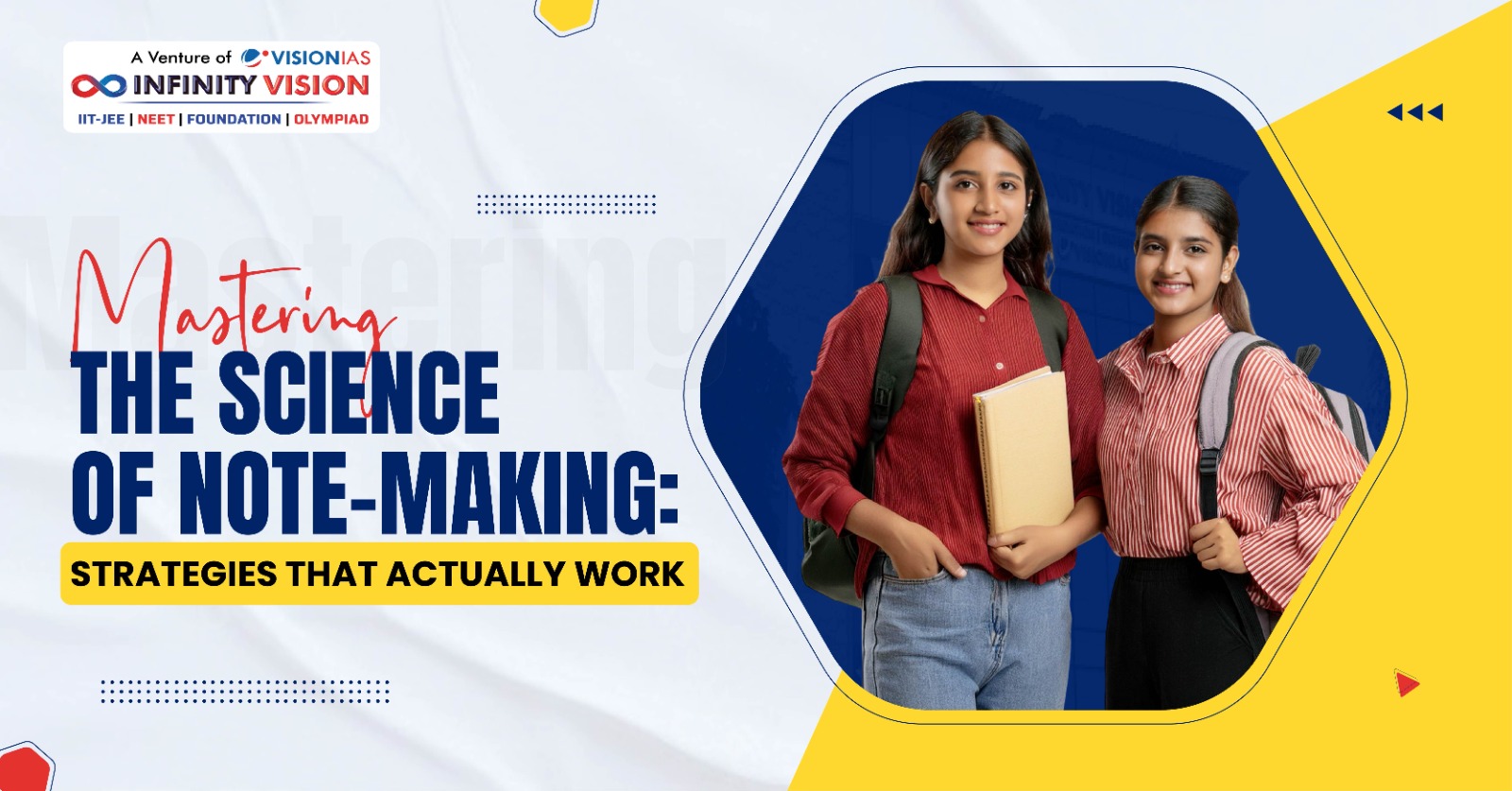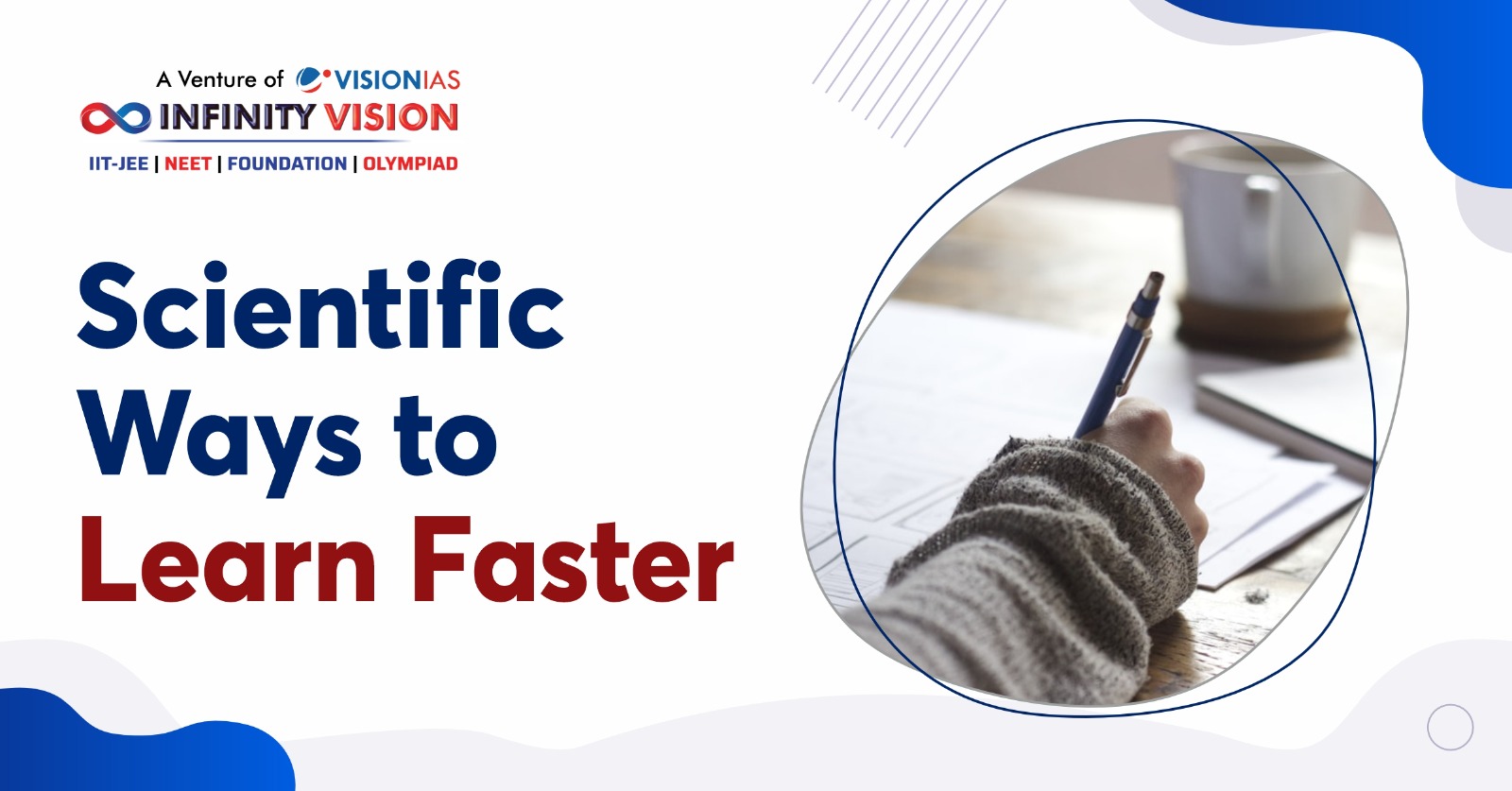
- October 12, 2024
- Home
5 Effective Note Making Techniques That Boost Learning
Effective note making techniques can be the key to transforming how you learn. Research suggests that active note making can improve memory retention by up to 34% compared to passive reading. Let’s explore practical methods to help you take smarter, more effective notes. The objective of this blog is to discuss such note-making strategies with ...</p>







